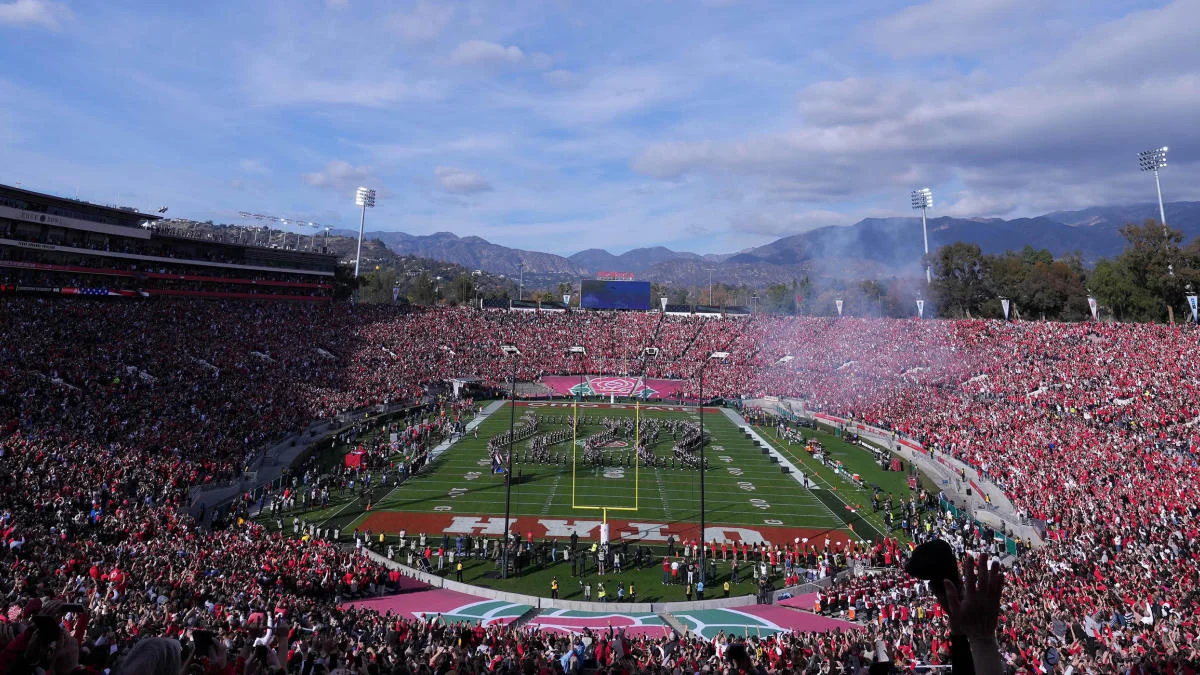Share this article with your network of friends!
For seniors who have been passionate about college football, the 1960s and 1970s were a truly exciting time. This period marked the rise of NCAA football bowl games, transforming the sport into a national spectacle and captivating audiences across the country. In this article, we journey back to the golden age of NCAA football and explore how the proliferation of bowl games added a new dimension of excitement and camaraderie to the game, leaving a lasting legacy cherished by generations of sports enthusiasts.
1. A History of Bowl Games:
The concept of postseason bowl games in college football dates back to the early 20th century. The Rose Bowl, first played in 1902, was one of the pioneering games that featured the top teams from the Pacific Coast and the Midwest. However, it wasn’t until the 1960s and 1970s that bowl games began to multiply and reach their zenith in popularity.
2. Proliferation of Bowl Games:
During the 1960s and 1970s, the number of bowl games expanded significantly, giving more college football teams the opportunity to compete in the postseason and gain national recognition. What started as a handful of games gradually grew into a bowl bonanza with numerous contests scheduled between late December and early January.
3. Bowl Games as National Events:
As the number of bowl games increased, so did their significance as national events. Televised broadcasts brought the excitement of these games directly into the living rooms of millions of Americans. Families gathered around their television sets to cheer for their favorite teams, making bowl games a cherished tradition during the holiday season.
4. Rivalries and Regional Pride:
NCAA football bowl games provided a platform for schools to showcase their athletic prowess and school spirit. Rivalries between conferences and teams intensified during the bowl season, fueling friendly competitions and regional pride. Fans passionately supported their alma maters, and the bowl games became a way to demonstrate college football’s unique camaraderie and community spirit.
5. Iconic Bowl Games:
The 1960s and 1970s witnessed the establishment of several iconic bowl games that have become ingrained in college football lore. The Sugar Bowl, Orange Bowl, Cotton Bowl, and Fiesta Bowl are some examples of enduring classics that continue to be celebrated to this day.
6. The Road to the National Championship:
In the era before the College Football Playoff system, bowl games played a significant role in determining the national champion. The final rankings and polls relied heavily on the outcomes of these games, making every bowl appearance a chance for teams to claim the top spot in college football.
Conclusion:
The 1960s and 1970s marked a period of immense growth and excitement for NCAA football bowl games. These games evolved from regional exhibitions to nationally televised events that captured the hearts of college football fans nationwide. For seniors who experienced this golden age of college football, memories of cheering for their beloved teams and celebrating the spirit of competition still evoke nostalgia. The rise of bowl games during this era has left an enduring legacy, shaping the college football landscape and uniting communities around the shared love for the game. As we celebrate the history and tradition of NCAA football, let us remember the glory days of bowl games and the special place they hold in the hearts of sports enthusiasts across generations.
DISCLAIMER: This website contains articles for informational and entertainment purposes only. No articles on this website should be considered as professional advice for any medical, legal, or financial matter. Advertisements and content may contain affiliate links, where the website earns a commission for sales derived from our users.





